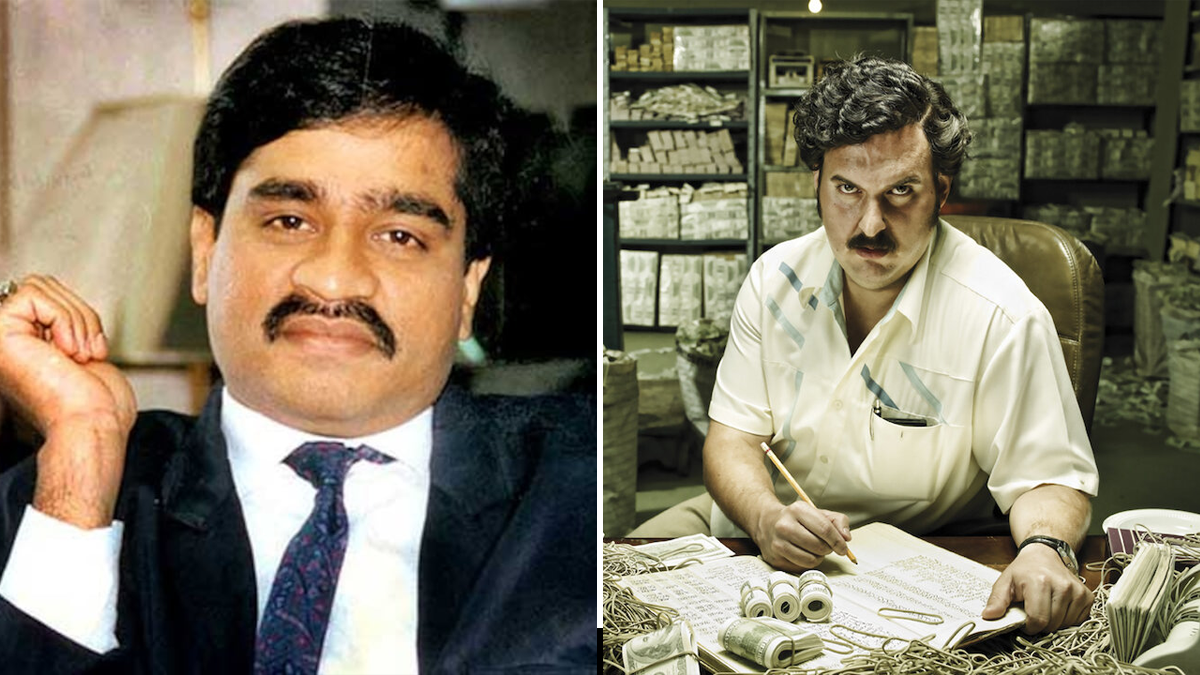From Detroit’s Underground To Hip-Hop Royalty, Eminem’s journey to stardom is one of perseverance and hard work
His music and style have placed him among the most influential hip-hop artists.

Words do not do justice to the essence of this wordsmith; Eminem has come a long way, from being “a white guy that Dr. Dre discovered” to being one of the most influential hip-hop artists of all time.
His journey to stardom was not without personal and external struggles, but he persevered through hard times and found success in music. His work is famous for its raw and honest lyrics.
Eminem’s distinctive style is marked by complex rhymes and a rapid fire flow, often dealing with controversial topics like violence and addiction; his delivery is simple yet impeccable. Eminem’s reputation as one of the most successful rappers is without contention.
He has had several defining moments that have shaped his destiny, from humble beginnings to 15 Grammy Awards.
From Humble Origins: Detroit’s Raw Talent, And Meeting Dre

Born Marshall Bruce Mathers III, Eminem’s poetic journey began in the streets of Detroit, Michigan, where he was raised.
His early experiences in Detroit’s underground rap scenes were instrumental in honing his craft, and defining his unique delivery style. A teenage Eminem began performing with his friends and joined a few rap groups like New Jacks and Soul Intent.
Eminem developed an alter ego with a unique artistic identity, Slim Shady; he created this persona to allow him creative freedom and explore parts of himself from which he often shied away. He released his debut album, Infinite, in 1996, but the album garnered limited attention and was not commercially successful.
At the 1997 Rap Olympics, Eminem created ripples in the rap scene, catching the attention of Dr. Dre, who signed to his record label, Aftermath Entertainment.
Infinite To The Slim Shady EP: The First Glimpses Of Genius
Dr. Dre’s exceptional production skills and Eminem’s raw talent were a match made in heaven. However, Dre was initially skeptical of signing a white hip-hop artist from Detroit – because his future protégé did not fit into the traditional rap mold.
Dre is known for spotting raw talent, and ultimately decided to bring Eminem into the fold. On their very first studio session, Dre sampled a rap beat he was producing at the time, and Eminem (inspired by Dre’s Mozart-esque skill) conceived a hook – and one of his biggest hits, “My Name Is,” was created.
Eminem released his second album, The Slim Shady LP, under Dre’s Aftermath Entertainment – and it was an instant success. The album claimed “Best Rap Album” at the 2000 Grammy Awards, and sold over ten million copies.
The album did more than bring Eminem commercial success; it gained him respect in the hip-hop genre. His second album also introduced the world to his distinctive narrative style, defined by his dark humor (and controversial lyrics that facilitated feuds).
The Marshall Mathers LP: A Lyrical Revolution
With the release of his third album, The Marshall Mathers LP, Eminem catapulted himself into super stardom. The album was immensely popular, but it also came with several controversies.
It debuted at number one on the Billboard 200 and stayed on top for eight straight weeks. The Gay & Lesbian Alliance Against Defamation (GLAAD) severely criticized the album for its homophobic and violent lyrics.
The former second lady of the United States Tipper Gore also condemned the album during a Senate hearing, for its provocativeness. The album garnered a global following for Eminem; hits like Stan and The Real Slim Shady were lauded for their profound messages, and for Eminem’s ability to turn pain into poetry.
Personal Struggles

Eminem’s struggles are well documented in the media, and his body of work. As his career took off to new heights, so did his drug habit.
He publicly spoke about his addiction to prescription drugs like Vicodin, Ambien and Valium. His first experience with drugs occurred on set during the production of his biopic 8 Mile.
Eminem began taking the drugs to relieve stress and insomnia, but then got addicted to them – and would take up to 20 Valium pills in a day. Eminem also gained weight, as he also started consuming fast food regularly.
In 2005, Eminem checked into rehab for the first time seeking help, and underwent treatment for dependency on sleep medication. Not long after leaving rehab, he relapsed after overdosing on methadone and was hospitalized for weeks.
When Eminem wanted to get clean he called Elton John who then helped him for 18 months to kick his addiction to Vicodin, Ambien and other prescription drugs pic.twitter.com/7ZaGdoluzW
— CRAZY SHADY🪦 (@LoveDeWayYouLie) April 26, 2022
Eminem entered rehabilitation again and started attending meetings to get clean; during this time, he reached out to award-winning British singer Elton John, who would call him once a week to check on him.
Eminem’s triumphant recovery became an integral part of his story, and it endeared him to countless fans who found solace in his music.
Cultural Impact: Beyond Music
Eminem’s influence extends beyond his music, as he is a lyrical genius and a cultural icon. In collaboration with his longtime agent Paul Rosenberg, he established Shady Records in late 1999, where he fostered emerging talents like Obie Trice and 50 Cent.
Eminem did not stop there, as he extended his influence to the airwaves; he created his satellite radio channel, Shade 45, dedicated to hip-hop music. Eminem ventured into Hollywood with his semi-autobiographical film 8 Mile in 2002.
He contributed his Academy Award-winning song Lose Yourself, which solidified his status as a versatile artist. Eminem also extended his acting career by appearing in video games, television, and cameos in various films.
In 2000, Eminem published Angry Blonde, a non-fiction book that provided an intriguing look into his life and creative process.
Legacy and Evolution: Eminem Today

Today, Marshall Mathers III is widely regarded as one of the greatest rappers in the entire history of hip-hop. His journey from the underground of Detroit to super stardom attests to his perseverance and talent.
He continues to be relevant in today’s hip-hop sphere; his ability to change the musical landscape while staying true to his unique style speaks to his longevity, from albums like Recovery and Music To Be Murdered By. Eminem’s music continues to keep up with his standards while mesmerizing audiences, and he has left footprints on the sands of time as a lyrical genius with a storied legacy.
Credits: Uchenna Onyia / TheRichest





